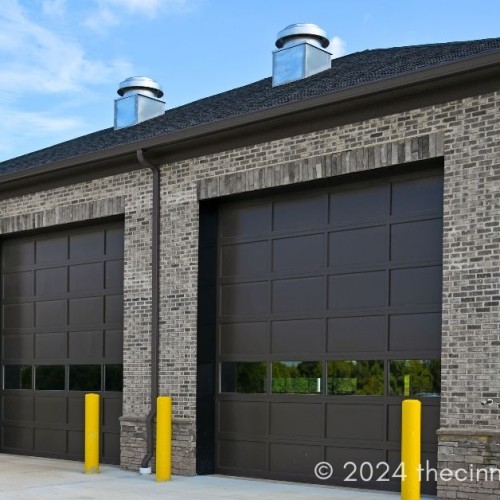In the corporate world, the architecture and design of offices play a vital role in creating a conducive environment for employees to work, communicate, and collaborate. One such architectural innovation that has gained immense popularity in recent years is the use of conference room glass walls. This design element not only adds to the aesthetic appeal of the space but also enhances various aspects of business operations, leading to improved outcomes.
The following article delves into the role of transparency in achieving excellence in conference rooms, explores the innovative features and technologies incorporated in conference room glass walls, and presents case studies showcasing the impact of these improvements. We’ll also discuss how to measure the impact of transparent conference room walls on business excellence.

The Role of Transparency in Achieving Excellence in Conference Rooms
Transparency, both in terms of operations and design, is a crucial factor in fostering a culture of excellence in the workplace. In the context of conference rooms, glass walls serve as a literal and symbolic representation of this transparency.
Transparent conference rooms encourage open communication, collaboration, and accountability. They create a sense of inclusivity by breaking down barriers and allowing everyone to see and be seen. This openness can lead to enhanced trust among team members and a more collaborative work culture, ultimately resulting in improved performance and productivity.
Moreover, glass walls contribute to a modern, clean, and professional aesthetic. They let in natural light, thereby reducing dependence on artificial lighting and creating an inviting and comfortable environment. This contributes to the overall well-being of employees, further boosting their productivity.
Innovative Features and Technologies in Conference Room Glass Walls
The use of conference room glass walls is not just about aesthetics and transparency; it also involves innovative features and technologies that enhance the functionality and usability of the space.
One such feature is the integration of smart glass technology. This allows the glass to transition from clear to opaque with the touch of a button, providing privacy when needed without compromising the benefits of transparency. It also serves as a projection surface for presentations, eliminating the need for additional equipment.
Further, there are options for soundproof glass walls, ensuring that the noise from the conference room doesn’t disturb other employees and vice versa. This is particularly beneficial in open office layouts where noise pollution can be a significant issue.
In addition to these, some companies are integrating technologies such as augmented reality (AR) and virtual reality (VR) into their conference room glass walls. These technologies can transform the glass surface into an interactive display, enabling more engaging and immersive meetings and presentations.
Case Studies of Excellence Achieved Through Conference Room Glass Enhancements
Several organizations have leveraged the benefits of conference room glass walls to achieve business excellence. Here are a few examples.
A leading tech firm redesigned their office with transparent conference rooms, resulting in increased collaboration and faster decision-making processes. Employees reported feeling more connected and involved, leading to higher job satisfaction.
Another case is a creative agency that incorporated smart glass technology in their conference rooms. This not only improved the functionality of the space but also enhanced the company’s innovative image, attracting more clients and talent.
Lastly, a financial institution installed soundproof glass walls in their conference rooms to maintain confidentiality while promoting a culture of transparency. This resulted in improved trust among employees and clients, driving business growth.
Measuring the Impact of Transparent Conference Room Walls on Business Excellence
While the benefits of conference room glass walls are evident, it’s also important to measure their impact on business excellence. This can be done through various metrics such as employee productivity, collaboration, job satisfaction, and client perception.
One way to measure productivity is by tracking the time spent on meetings and the outcomes achieved. If the meetings are more efficient and effective with the introduction of glass walls, it indicates a positive impact.
Collaboration can be measured through surveys asking employees about their experience working in the transparent environment. Increased collaboration often translates into improved innovation and problem-solving.
Job satisfaction can be assessed through employee feedback and retention rates. If employees are happier and more likely to stay with the company, it suggests a positive work environment fostered by transparency.
Lastly, client perception can be evaluated through feedback and the number of new clients attracted. An aesthetically pleasing and innovative office design can impress clients and potentially bring in more business.
In conclusion, conference room glass walls are more than just a design trend. They symbolize and facilitate transparency, foster a culture of collaboration and excellence, and offer numerous benefits through their innovative features. As more businesses recognize their value, the future of office design seems to be shifting towards transparency.





